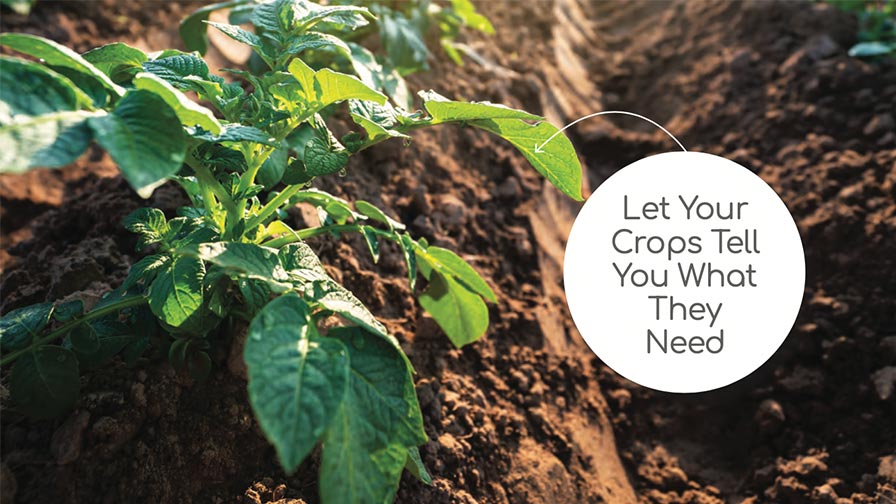Mechanical Citrus Harvesters May Get A Chemical Boost
Use of mechanical harvesters by Florida citrus growers has stalled in recent seasons, but supporters hope a new chemical boosting efficiency will lead to more widespread adoption.
“The amount of fruit removal is not as high as growers want to get,” Bob Ebel, associate professor of citrus physiology at the Southwest Florida Research and Education Center in Immokalee, told The Ledger on Tuesday.
Research with canopy shakers shows the machines remove only 75 to 85 percent of the oranges on a tree, he said.
As a result, growers have used mechanical harvesters on just about 35,000 acres, about 7 percent of Florida’s citrus grove acreage, for the past several seasons, Ebel told a couple hundred growers last week at the Citrus Expo in Fort Myers.
A canopy shaker features a column of several rotating wheels, each with long tines that penetrate the tree branches and shake the fruit loose.
To boost efficiency, researchers are experimenting with an abscission chemical known as CMNP. The chemical loosens the bond between the tree stem and the fruit, allowing the latter to separate more easily.
Experiments show using CMNP with canopy shakers boosted the harvesting rate to more than 90 percent on early-season Hamlin oranges and to more than 95 percent on late-season Valencia oranges, Ebel said.
Using CMNP on Valencias is particularly important because it can extend the use of the harvesting machines into May, he said.
Currently growers don’t use mechanical harvesters on Valencia trees after May 1. By that time, the tree also has immature fruit that will become the next season’s crop, and using the harvesters will remove both mature and immature fruit.
But research shows CMNP breaks the bond on mature fruit without affecting the immature Valencias, Ebel said. That allows the harvester to loosen only mature oranges.
“In my mind, there’s no question we can go deeper into May” with machines plus CMNP, he said.
However, the jury is still out regarding whether mechanical harvesting with CMNP can be used in June, the final month of the Florida citrus harvest, without affecting the immature Valencias, Ebel acknowledged. The question requires future research.
The research also show using CMNP reduces the force the canopy shaker must employ on the tree, he said.
The tree damage issue also has limited the use of the harvesting machines as many growers continue to express concern the machines break branches, lowering future fruit production.
Ebel and other researchers hope more widespread use of CMNP will help address those issues. The U.S. Environmental Protection Agency, which is reviewing a licensing application for the chemical, currently restricts its use to just 10 acres.
By Sept. 30, researchers expect to ask the EPA for a permit to allow for CMNP use on 25,000 acres, Ebel said. It will probably take 18 months to get that permit.
If expanded CMNP use proves safe and effective, the industry could apply for unconditional use, which could lead to widespread adoption of the harvesters next decade, he said.
Source: The Ledger










